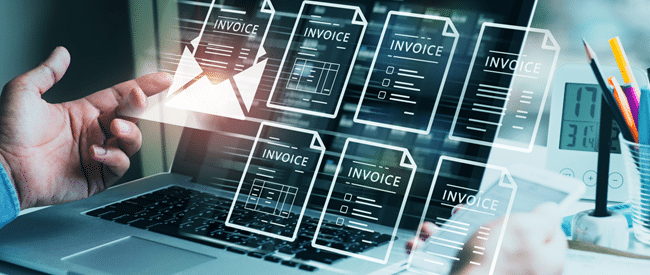As a longtime technology geek, I’ve seen how technology can help companies solve pain points. Over the years, I’ve enjoyed working hands-on with developers to use information technology to achieve business objectives.
I’ve also seen managers who can’t move forward with new technology due to internal processes or their priorities don’t match those of the IT department. When that happens, productivity can be weighed down.
I’m happy to say that when it comes to customer communications management (CCM), it’s easy to make the leap to the latest technology without a big IT investment or even a big lift from the internal IT department. The key is CCM technology that’s cloud-based and offers a turnkey implementation and training process.
At its most basic, CCM technology removes the hassle of developing, producing and distributing critical customer communications. But the benefits of making the transition to a hosted managed service for CCM are far greater, including:
- Digitally transforming your customer communications
- Delivering secure omnichannel capabilities
- Improving the customer experience
- Integrating with print production, mail services and electronic bill presentment and payment (EBPP) systems to create a seamless billing and payments experience
Finding the right CCM system
Even with a legacy platform or a mishmash of incompatible systems, the transition can be done with limited IT involvement. It takes the right CCM software provider. Here’s what to look for:
- A cloud-based system designed for business users that can deliver ongoing innovation, flexibility, scalability and cost management without requiring major IT upgrades or IT effort.
- The ability to accept multiple data formats. At Nordis, we like to say we’re data agnostic. That means the file can come to us in a variety of ways – Excel, CSV, XML or even PDF. Nordis’ patented Expresso® CCM platform accepts multiple data formats and production requirements and streamlines them into automated workflows. There’s no limit on how many files can be transferred. The “file frequency” depends upon how many statements, letters, emails or text messages need to be delivered each month.
- Self service. Once configured, business users should be able to directly access fields from the data file, or data-driven business rules, to personalize each document. You also can specify document delivery based on individual customer preferences. From an easy-to-use dashboard, the communications team can edit document content, secure approvals, make disclosure changes, track distribution, generate reports, archive records and create audit trails of previous content changes.
- Secure data transmission. Given cyberthreats to security and privacy, look for CCM platforms that encrypt data in transit using SFTP (secure file transfer protocol) and comply with SOC2 and PCI, plus HIPAA for healthcare.
- A flexible archive. Some CCM systems make it possible to access archived documents in real-time, improving customer service. Another great feature: The ability to determine which documents to preserve and for how long. Billing statements may be preserved for 24 months while compliance communications require archive periods for as long as seven years.
Don’t be constrained by existing IT infrastructure or overtaxed IT departments. Businesses can easily move to cloud-based digital platforms such as Expresso for managing customer communications. You can replace manual and outdated processes with state-of-the-art, automated workflows. These platforms are run by experts, providing instant access to the latest digital technology.







